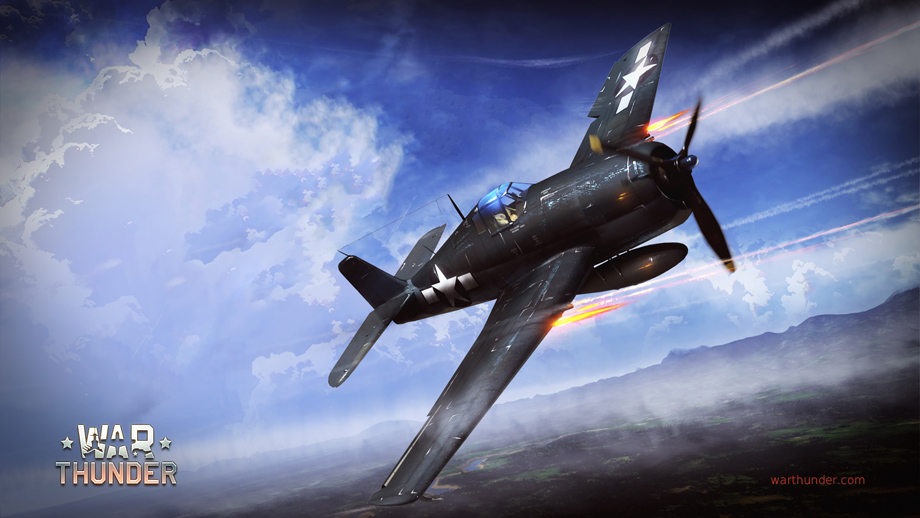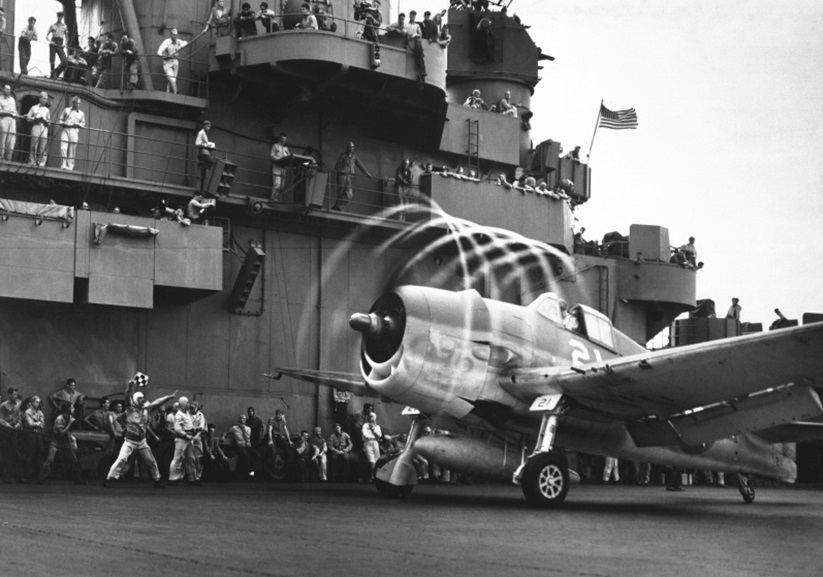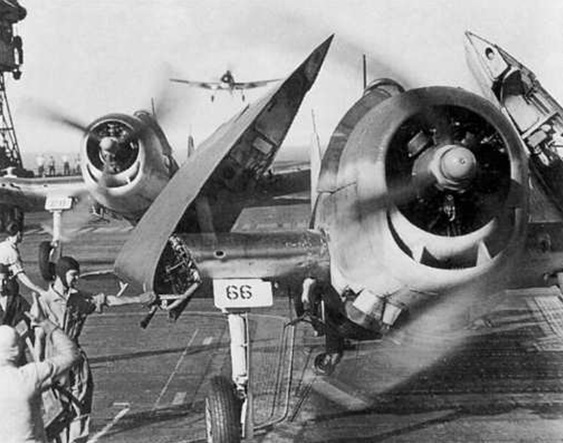
- For PC
- For MAC
- For Linux
- OS: Windows 10 (64 bit)
- Processor: Dual-Core 2.2 GHz
- Memory: 4GB
- Video Card: DirectX 11 level video card: AMD Radeon 77XX / NVIDIA GeForce GTX 660. The minimum supported resolution for the game is 720p.
- Network: Broadband Internet connection
- Hard Drive: 23.1 GB (Minimal client)
- OS: Windows 10/11 (64 bit)
- Processor: Intel Core i5 or Ryzen 5 3600 and better
- Memory: 16 GB and more
- Video Card: DirectX 11 level video card or higher and drivers: Nvidia GeForce 1060 and higher, Radeon RX 570 and higher
- Network: Broadband Internet connection
- Hard Drive: 75.9 GB (Full client)
- OS: Mac OS Big Sur 11.0 or newer
- Processor: Core i5, minimum 2.2GHz (Intel Xeon is not supported)
- Memory: 6 GB
- Video Card: Intel Iris Pro 5200 (Mac), or analog from AMD/Nvidia for Mac. Minimum supported resolution for the game is 720p with Metal support.
- Network: Broadband Internet connection
- Hard Drive: 22.1 GB (Minimal client)
- OS: Mac OS Big Sur 11.0 or newer
- Processor: Core i7 (Intel Xeon is not supported)
- Memory: 8 GB
- Video Card: Radeon Vega II or higher with Metal support.
- Network: Broadband Internet connection
- Hard Drive: 62.2 GB (Full client)
- OS: Most modern 64bit Linux distributions
- Processor: Dual-Core 2.4 GHz
- Memory: 4 GB
- Video Card: NVIDIA 660 with latest proprietary drivers (not older than 6 months) / similar AMD with latest proprietary drivers (not older than 6 months; the minimum supported resolution for the game is 720p) with Vulkan support.
- Network: Broadband Internet connection
- Hard Drive: 22.1 GB (Minimal client)
- OS: Ubuntu 20.04 64bit
- Processor: Intel Core i7
- Memory: 16 GB
- Video Card: NVIDIA 1060 with latest proprietary drivers (not older than 6 months) / similar AMD (Radeon RX 570) with latest proprietary drivers (not older than 6 months) with Vulkan support.
- Network: Broadband Internet connection
- Hard Drive: 62.2 GB (Full client)

From 16.00 GMT on September 2nd to 16.00 GMT on September 3rd:
30% discount on the purchase of F4F-3, F4F-4 and F6F-3
20% discount on the purchase of Hellcat Mk.I and Tempest Mk.V
The Grumman F6F “Hellcat”
 |
|
Fighter F6F “Hellcat” of the US carrier USS Yorktown (CV-10) |
After the loss of many of America’s important battleships at Pearl Harbor, carrier-based aircraft remained the only U.S. force in the pacific able to resist the Imperial Japanese Navy. It turned out, however, that the U.S. carrier-based fighter, the Grumman F4F “Wildcat”, was technically inferior to its Japanese counterpart, the A6M “Zero”. The successes of the American pilots achieved on that machine were attributed to the individual skill of the pilots. For the important victories at Coral Sea and Midway Island though, the USA had to pay a high price and lost many skilled airmen. Afterwards, the U.S. Navy, aiming at eliminating technical problems and limitations and increasing survivability, developed a thorough modification of the F4F “Wildcat” - the Grumman F6F “Hellcat”.
During its service, it proved to be a versatile and reliable aircraft. Despite the fact that the Hellcat was never equipped with the latest armament and modifications, 75% of the victories of U.S. aircraft (which is 5,156 downed Japanese aircraft) were achieved with this particular machine.
 |
|
After successful attacks on Truk, a F6F-3 “Hellcat” sits on deck of the USS Enterprise (CV-6) |
During the development of the F6F “Hellcat”, Grumman conducted a survey amongst marine pilots to get their vision of a future war machine. One of the pilots later recalled: "In the middle of 1942, all the pilots of the Navy and Marine Corps were sent to an interview, asking them to indicate what qualities - in terms of design, maneuverability, engine power, range, payload and speed - a carrier-aircraft should encompass. Grumman used the results of this survey during the development for the F6F “Hellcat”.
On August 31st, 1943 the ”Hellcat” took part in its first combat mission in the Pacific theater, during the so-called "Island Jumping": The American fleets consistently occupied strategically important islands, reducing the ability of the Imperial Japanese Navy tor maneuver. A little-known chapter in the combat activities of the “Hellcat” was its participation in “Operation Overlord” - the landing of Allied troops in France in 1944.
The “Hellcat” was flown by some of the best pilots of the United States Navy in the Pacific. One of them was Captain D. McCampbell, shooting down 34 Japanese machines. Especially noteworthy is that on October 24th, 1944 in a single sortie, he shot down nine Japanese aircraft in battle. Later he recalled about his aircraft: "The aircraft is a good performer and a stable weapons platform."
The Hawker “Tempest”
 |
|
Early production Tempest V of 486 Squadron, April 1944. |
The Hawker “Tempest”, similar to the Grumman “Hellcat”, is a deep modernization of an earlier fighter. This original fighter was the Hawker “Typhoon” - a machine that having high flight data could not compete with the German aircraft in any struggles at high altitude: a thick wing profile led to a rapid loss of speed when maneuvering.
While working on the the improvements of the new machine, the aircraft was increased in length, allowing the installation of an additional fuel tank, this was designed to compensate for the decline in wing tank capacity because in the reduction of wing thickness. Difficulties with the choice of the power plant led to five modifications of the “Tempest” with different engines. The result was the adoption of the fifth version of the fighter, modification Mk.V, with the engine - a Napier “Sabre” IIA. In June 1943 a “Tempest” Mk V Series I made its first flight after minor improvements which was then included into the Royal Air Force.
 |
|
486 Squadron - New Zealand Air Force at the airport in Newchurch |
In April 1944, the Tempest Mk V was put into service with 3 Squadron of the RAF and began to participate in combat operations. Beginning in May, the squadron was assisted by 486 Squadron of the New Zealand Air Force. Both units also took part in the preparation for the Allied landings in Normandy.
The first dogfight of a “Tempest” was against a Messerschmitt Bf 109 G-8 in June 1944. On that day, the aircraft of No 3 Squadron under the command of Wing Commander R. Beaumont intercepted seven German fighters and shot down three of them without suffering any losses.
After the second half of June, the “Tempest” was deployed to intercept the German V-1 cruise missile to protect English cities. In the same month, both squadrons were transferred to the Air Defense of Great Britain (ADGB).
The “Tempest” Mk V played a significant part in the overall Allied victory. Armed with four cannons, they also proved to be effective at strafing ground targets. A squadron of “Tempests” in the last seven months of the war in Europe shot down more than 250 airborne aircraft and destroyed hundreds during attacks on enemy airfields.
The “Tempest” Mk V is considered to be one of the best British aircraft in the closing stages of World War II.
The War Thunder Team



